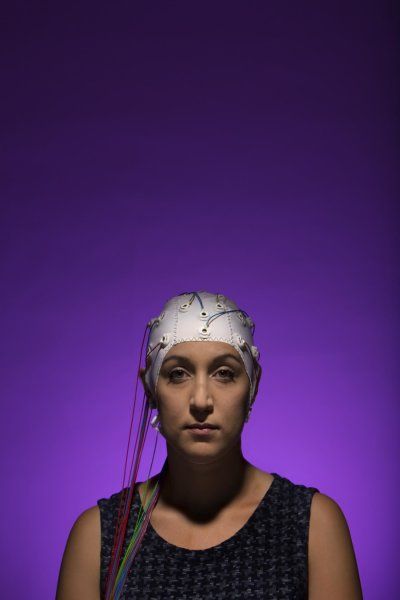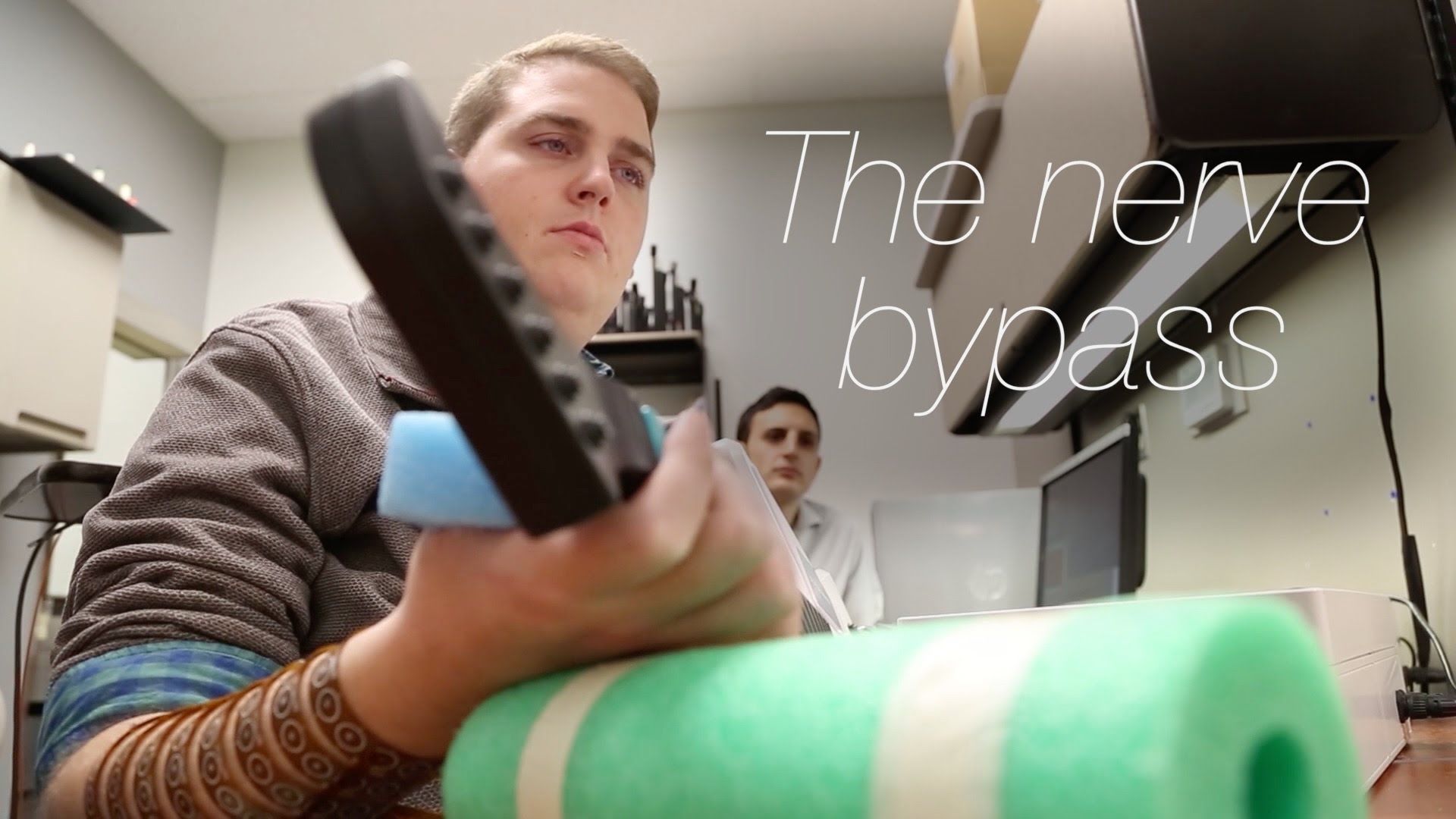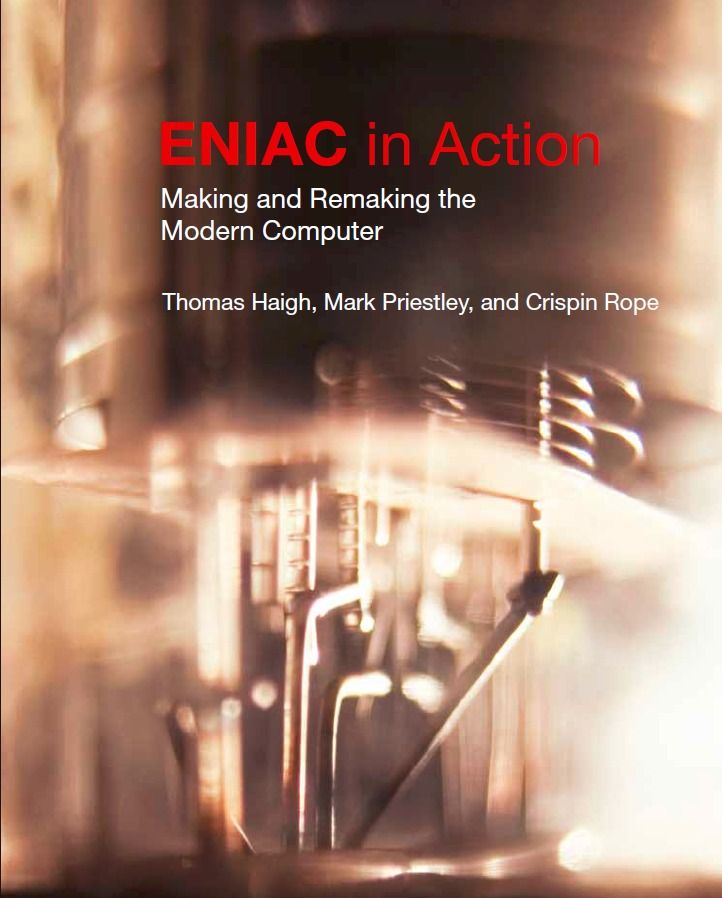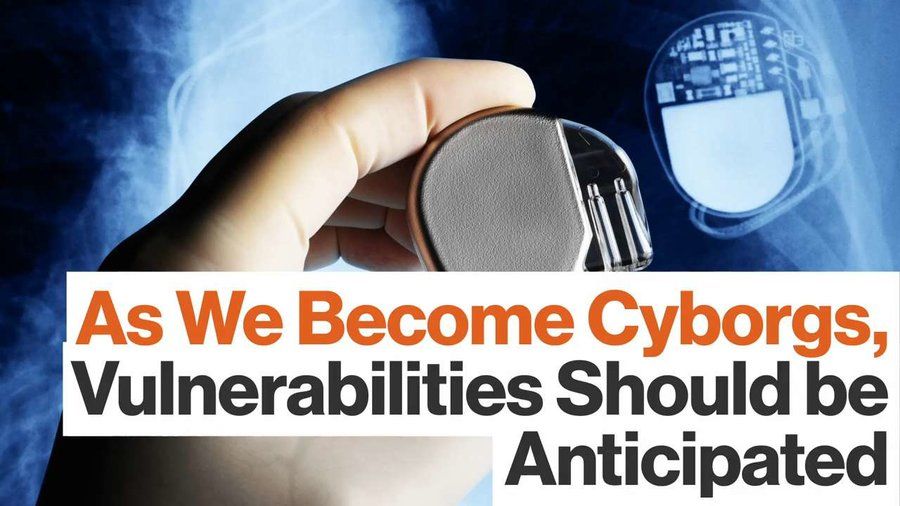Quantum physics has a reputation for being mysterious and mathematically challenging. That makes it all the more surprising that a new technique to detect quantum behaviour relies on a familiar tool: a “zip” program you might have installed on your computer.
“We found a new way to see a difference between the quantum universe and a classical one, using nothing more complex than a compression program,” says Dagomir Kaszlikowski, a Principal Investigator at the Centre for Quantum Technologies (CQT).
Dag worked with other researchers from CQT and collaborators at the Jagiellonian University and Adam Mickiewicz University in Poland to show that compression software, applied to experimental data, can reveal when a system crosses the boundary of our classical picture of the Universe into the quantum realm. The work is published in the March issue of New Journal of Physics (“Probing the quantum–classical boundary with compression software”).









